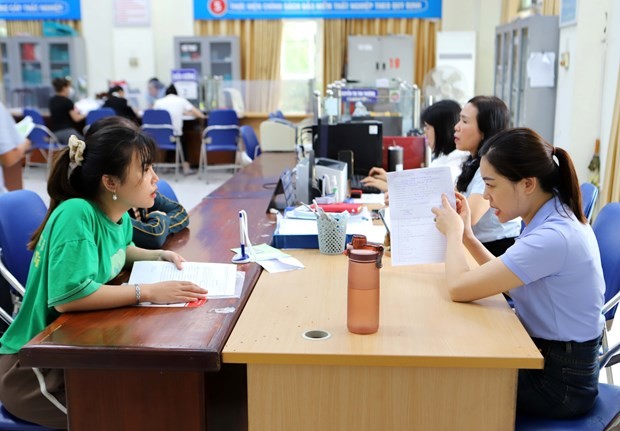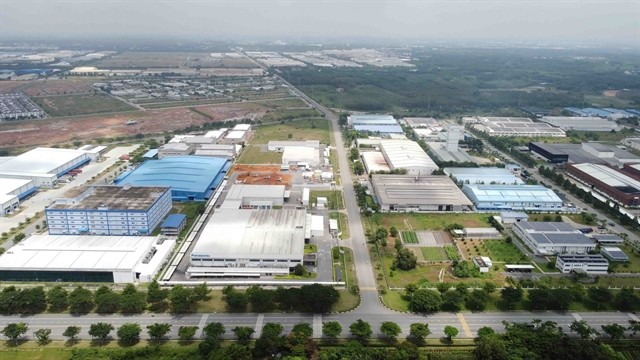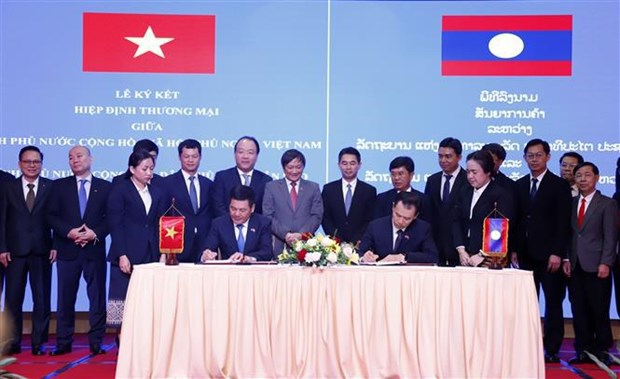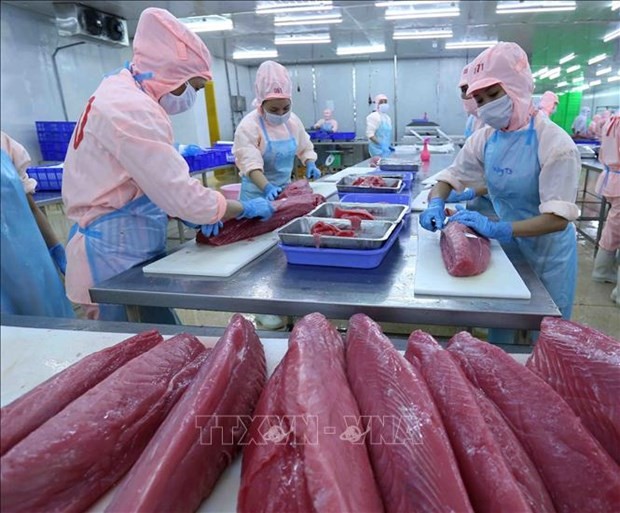The marketer’s guide to AR: 7 rules of engagement
From the runaway success of Pokémon Go back in the halcyon days of summer 2016 to beauty consumers turning to YouTube try-on in lieu of swiping a tester across their face, augmented reality (AR) has established itself in the marketing mainstream.
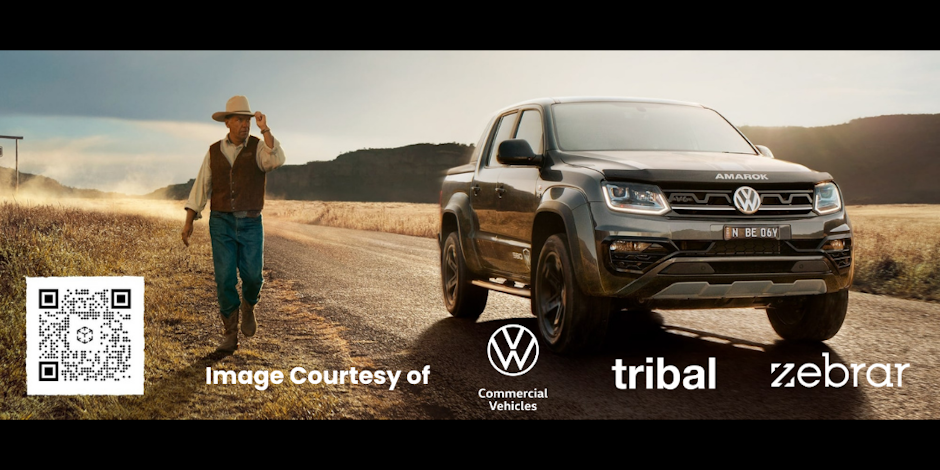
AR has established itself in the marketing mainstream due to its unparalleled ability to bridge the digital and physical worlds
Thanks to its unparalleled ability to bridge the digital and physical worlds – a much-needed quality during seemingly endless global lockdowns – it heralds a revolution in how consumers interact with brands. It also promises increased e-commerce conversion; Shopify has found that consumers are 94% more likely to buy a product if they see it in AR or 3D.
That, together with the ability to turn brand flagships or local activations into phygital campaigns and the capacity to transform static ads – whether online or on paper – into dynamic, interactive experiences, make it a powerful marketing aid for every type of brand.
No wonder 67% of advertising agencies are already using AR, according to Vibrant Media.
“We’ve seen an explosion of interest around mixed reality experiences from brands and agency partners in the last 18 months,” notes Saxon Dixon, user experience director and co-founder of leading creative technology company Zebrar.
“The long-term realities of the pandemic have hit home for marketers and event organizers, and clients are now looking for new and genuinely engaging ways to communicate with their audiences in hybrid environments,” he adds. “If done right, mixed reality can offer that.”
What’s more, AR campaigns are feasible within most budgets and are becoming easier than ever to execute thanks to native tools from the likes of Instagram, YouTube and Snapchat, as well as drag-and-drop WebAR creators such as Zebrar’s, which allows users to transform 2D images into AR assets in three steps.
While this newfound accessibility has helped accelerate AR adoption among agencies, brands and consumers, marketers must carefully consider aspects such as which platform to choose, how to map the customer journey against AR functionality and whether to integrate additional immersive technologies. This will maximize the efficacy and impact of AR campaigns and ensure they are both captivating and compelling.
Purpose and narrative
Before embarking on any technical decision-making, marketers must establish their purpose and interrogate why AR is the best way to achieve their aim, whether that’s telling a brand’s story, educating consumers on how best to use or assemble a product, or as a try-on element of social commerce.
During Covid-19 lockdowns, Zebrar worked with Volkswagen Group Australia and experience agency Tribal to develop a virtual showroom, accessible from consumers’ homes. Users scanned a QR code on an advert to access the dealership, which contributed to the brand selling over $28m in cars or service packages online despite the closure of physical dealerships.
While using AR is an exciting premise, agencies and brands should not use the technology for its own sake. Guard against AR becoming a gimmick by making sure it is the best way to animate the story being told. Zebrar’s work with Hong Kong Tourism saw it create an AR activation that overlaid landmarks from different eras across the city’s ultra-modern skyline, transporting users back in time – an activation which could not have been achieved via any other means.
“It’s easy to get swept up in the excitement of new technologies like AR, so the best way to ensure it’s the right fit for your brand’s story is to ask yourself – why? Why do you need AR to tell this story? If you’re not clear on that, there may be other content formats to consider,” asserts Dixon.
Accessibility and platforms
Despite 5G being rolled out across the UK in the coming years, marketers must consider both network and device restrictions when planning an AR campaign. Think about whether the target demographic is likely to have new smartphones, particular browsers or high-speed data plans. While technological or budget restrictions don’t automatically discount AR as an option, marketers should consult AR specialists if in doubt.
While social media platforms including Instagram and Snapchat offer easy-to-use native AR tools, any resulting activation is only available on that platform. However, brands can also opt to own their AR experience by building it with WebAR, such as Zebrar’s, meaning it is accessible via any browser. The most suitable option is likely to be dictated by the target demographic’s media use.
UX and immersive extras
It’s critical that marketers plot exactly how users will interact with AR activations, from whether to choose tap functionality over swipe functionality, face tracking or image tracking, or even location-based triggers over image markers.
“After ensuring we are clear on the client’s underlying narrative, one of the first things we do is plot the user journey based on the target demographics, psychographics and technology constraints. This will inform so much of the experience and should direct the creative development,” explains Dixon.
When Zebrar partnered with Westfield malls for an AR treasure hunt during the 2020 holidays, Westfield was keen to use geolocation technology to enable six different AR mini experiences to launch based on targeted latitudinal and longitudinal coordinates. This allowed it to activate all six experiences simultaneously across 43 locations globally. However, Zebrar also added image markers to make sure that the sizeable proportion of shoppers without geolocation preferences enabled could also access the activation. This resulted in 48,000 unique shoppers interacting with the experience during the 10-day activation.
Marketers attempting complex AR experiences should always involve an AR specialist programmer who will be able to create bespoke extras such as gamification or geolocation targeting for fully personalized user experiences.
For Diageo, Zebrar created a gamified Snapchat lens to complement its 2019 Grey Goose summer campaign ‘Fountain of Goose’, which comprised a traveling pop-up bar. Users accessed the filter at the bar or via the Snap Lens carousel or Snap Ads and could then, thanks to cutting-edge hand-tracking technology, ‘pour’ themselves a cocktail in the manner of a professional mixologist and compete for a Grey Goose summer hamper via a bespoke tap-and-drag game. More than one million users participated in the activation.



 Print the article
Print the article